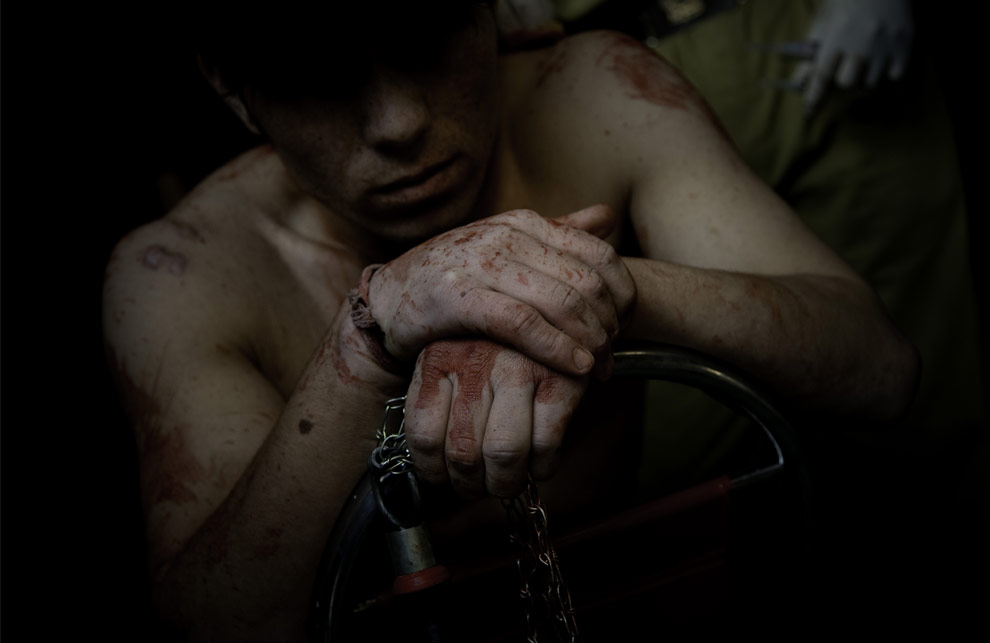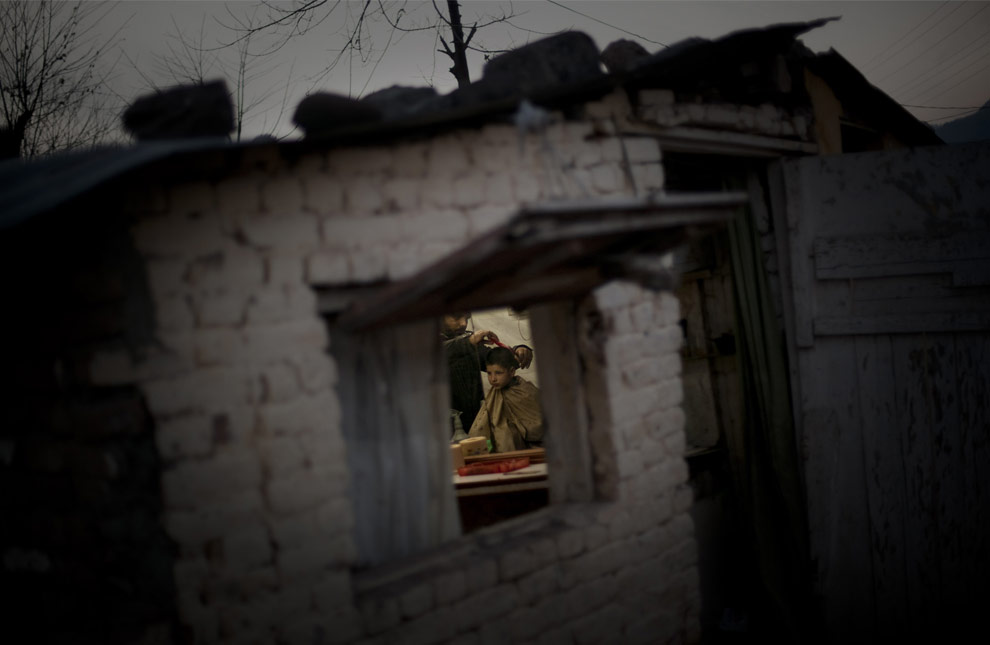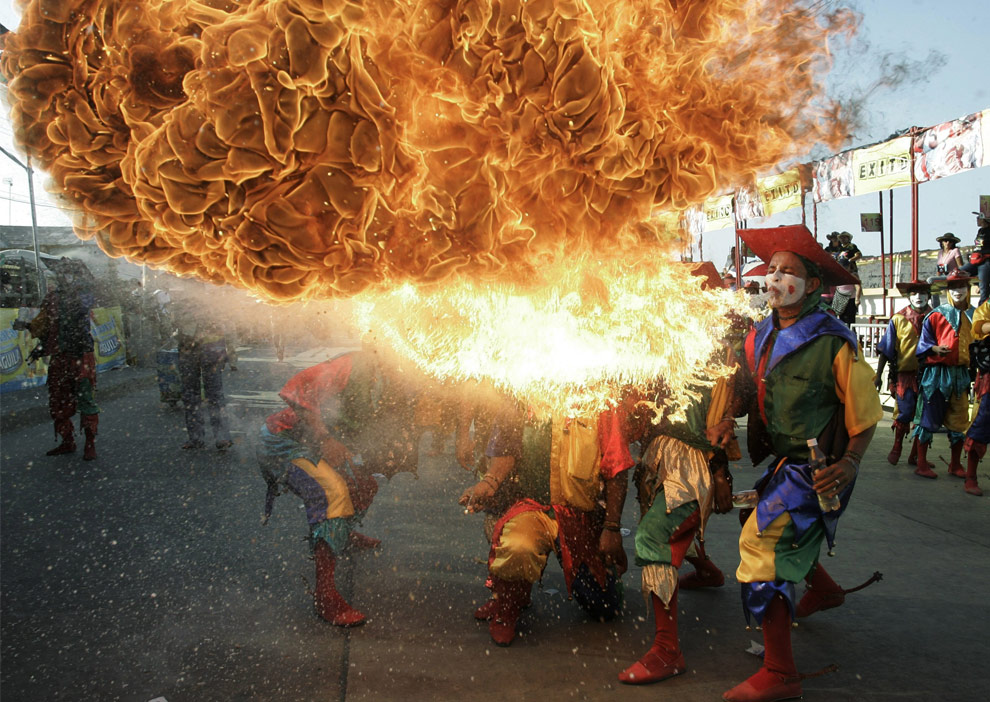
Source: http://www.nytimes.com/2009/02/18/nyregion/18insure.html?ref=nyregion
Another example of environmental portraiture. Although sometimes it's hard to appreciate these "staged" shots, I like how the bills are surrounding her (the accompanying article is about how uninsured young adults deal with expensive medical bills). The darkness of the room makes it hard to see her clearly, but adds to the entire "doom and gloom" message that the article carries.

Source: http://www.nytimes.com/2009/02/08/theater/08itzk.html?_r=1&scp=4&sq=maggie%20gyllenhaal&st=cse
This is from last Sunday's New York Times article about how actual couple Maggie Gyllenhaal and Peter Sarsgaard are appearing onstage together in a revival of Chekov's "Uncle Vanya" at the Classic Stage Company over on East 13th street. We were talking about environmental and celebrity photography last week, and I thought this was an especially effective image. Both Gyllenhaal and Sargaard are well respected and pretty famous actors in the independent film worlds and have had many photos taken of them, but this one uses color very well. I like the red on Maggie and how it pops from the otherwise grey tint of the rest of the shot. It says something about the couple and their chemistry. Also, it was a good choice to have Maggie looking away from the camera. Again, this brings personality and a different perspective to the shot.

Source: http://gothamist.com/2009/02/16/early_addition_198.php
Gothamist does this one feature daily where they round up quick news from around the city and it's always accompanied with a photo selected from a Flicker.com stream that I believe users can tag as "gothamist" and that's how the photos get to Gothamist. Granted, this isn't from a traditional media source but it's an example of how new media can fit into this whole equation. I love the perspective on this shot--traditionally the eye goes from left to right, but in this photo, the woman on the left is slightly out of focus, leaving the model on the right in focus, and it's very effective.


















































